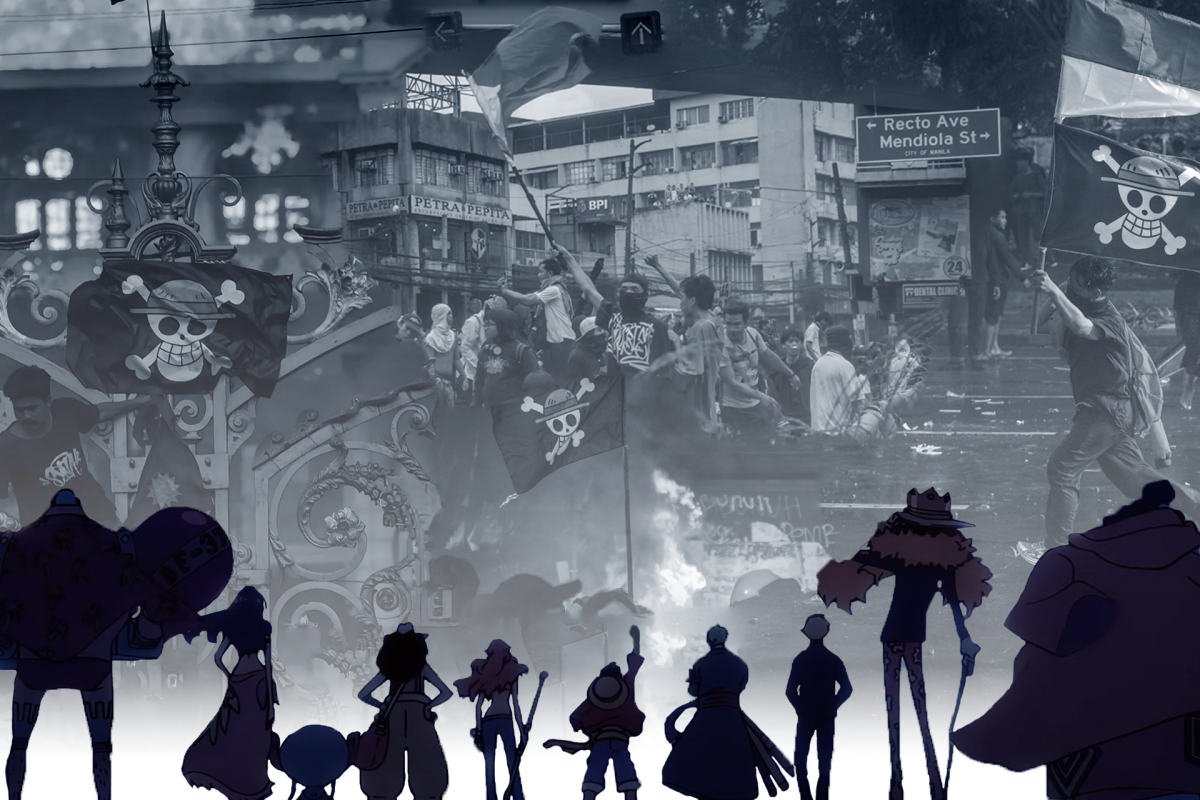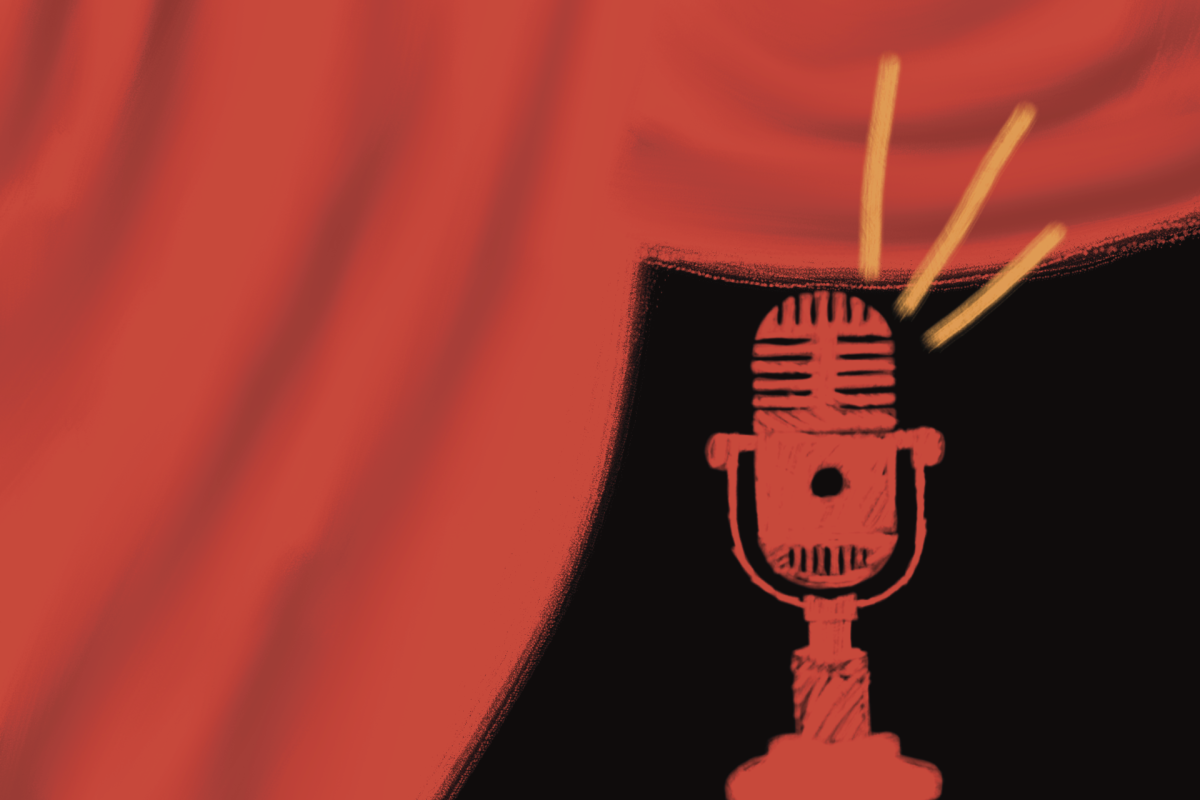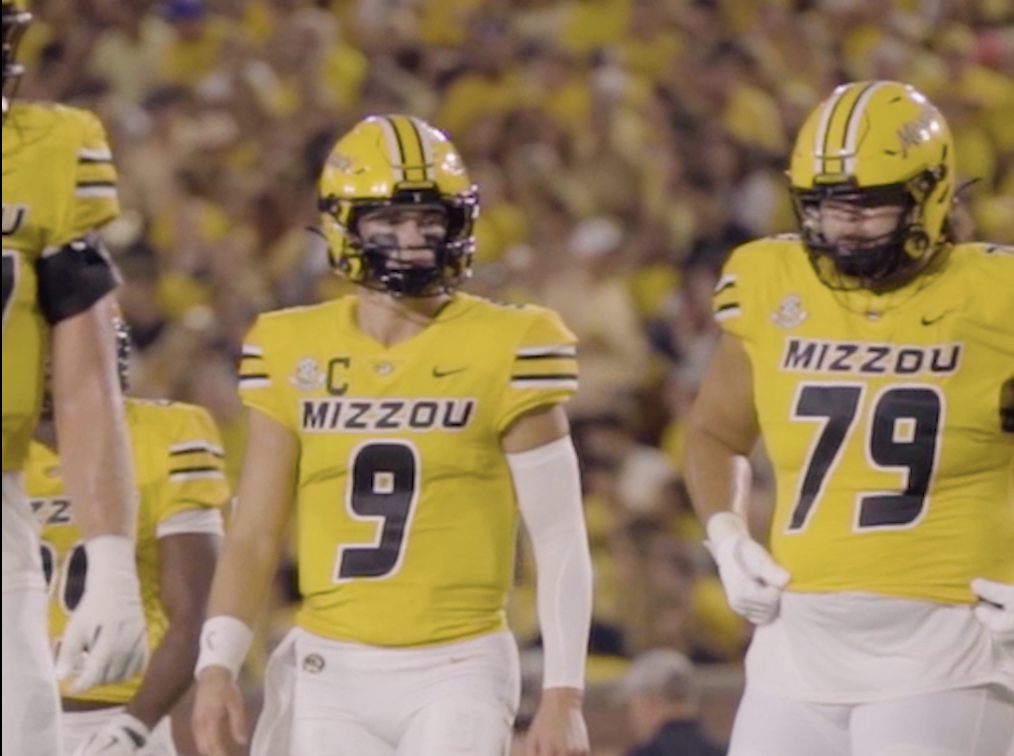The protagonists of Sally Rooney’s newest novel, “Beautiful World, Where Are You,” converse over email, discussing anything from beauty to the Bronze Age. The virtual conversations reveal a fascinating and melancholic perspective into living in a changing world.
Rooney’s work on her sophomore novel “Normal People,” has been described by NPR as bringing a “21st century perspective on insecurity to the coming-of-age narrative.” She writes a similarly modern perspective to the meaning of life in her recent Sept. 7 release “Beautiful World, Where Are You.” In a tortured world of pandemics, climate change and political polarity, the two women’s writings and lives explore how to navigate art and love in the new book.
“So of course in the midst of everything, the state of the world being what is is, humanity on the cusp of extinction, here I am writing another email about sex and friendship,” the character Alice said in the book. “What else is there to live for?”
The novel follows two women on the cusp of their thirties, Alice and Eileen. Alice holds somewhat of a celebrity status after publishing two successful novels, and she begins the book recovering from a psychiatric breakdown. She meets Felix on a dating app and starts a tumultuous relationship with him. Her college friend, Eileen, edits a literary magazine and begins a romantic relationship with Simon, a childhood friend.
“Beautiful World, Where Are You” tackles a big question: What is the purpose of art, especially art about love or other trivialities, in a corrupt world full of suffering? While that question is answered by Alice and Eileen, Rooney leaves ambiguity to the reader. The open-ended questions, with strong characters to answer them, make the novel intriguing and thought-provoking while still reaching a satisfying conclusion.
In signature Rooney fashion, “Beautiful World, Where Are You” omits quotation marks from the characters’ dialogue. This lends itself to Rooney’s descriptive prose, allowing conversations to slip seamlessly into the narrations of setting, action and character. The third person perspective lacks emotional descriptions; however, the reader can successfully infer the characterizations and feelings of Alice, Eileen, Felix and Simon through vivid imagery.
Alice and Eileen’s email epistolaries occupy half of the novel’s narrative. While these emails can read like mouthpieces for Rooney, the issues discussed paired with the women’s personal problems make for dynamic discussions, in terms of storytelling. Rooney has previously been criticized for her casual incorporation of Marxism into conversations throughout her novels without writing anything of political significance. However, these conversations, along with the more in-depth talks between Alice and Eileen, tell the reader more about the setting and characters than the author’s politics. Similarly, the sometimes profound, while more often trite, emails of “Beautiful World, Where Are You” colors its characters and the complexity of their emotions in an engaging way.
The emails also created an interesting relationship between Eileen and Alice. While the women write to one another frequently, they never seem to ask questions of one another’s lives, call or visit. It seems they value the space to discuss issues more than a genuine connection to another person. However, their lengthy and vulnerable writing demonstrates a trust and familiarity for each other. Their friendship, though unreliable, creates a unique relationship in the novel that sets up conflict for their eventual reunion.
The other half of the book follows the women’s separate romantic lives. The mundanity of the plot lends itself to a transitional tone in the novel. None of the characters are in an exciting period of their life. Alice’s excitement of her literary success settled into trivial self-loathing and paltry press events. Eileen works at the same literary magazine that she did since college, and her long-term relationship failed years prior to the beginning of the novel. Simon and Felix similarly work in uneventful jobs with no prospects of long-term relationships. The prosaic plot for the novel’s characters allows readers to apply their own seemingly unromantic lives to the themes in the book.
While much of the novel consists of interactions between the four main characters, the prose often zooms out to describe the world around Alice, Eileen, Felix and Simon. The novel’s widening and focusing of its subjects contextualizes the interpersonal relationships between the characters in the larger world. This technique gives the reader a subconsciously deeper understanding of the novel’s themes.
“Or were they in this moment unaware, or something more than unaware—were they somehow invulnerable to, untouched by, vulgarity and ugliness, glancing for a moment into something deeper, something concealed beneath the surface of life, not unreality but a hidden reality: the presence at all times, in all places, of a beautiful world?” Rooney writes.
“Beautiful World, Where Are You” may feel slow and tedious for some readers. In an oversimplified read, it could seem shallow. However, the novel beautifully looks at the serendipitous nature of life where love can be found in a childhood friend or on a dating app. Careers can be made in fame or in anonymity. Relationships may last a month or three years or forever. Pandemics or climate change might ruin all of those prospects. In any of those cases, according to Rooney, the beautiful world is accessible for those who live in the moment and enjoy what life gives them.
Edited by Elise Mulligan, [email protected]



















